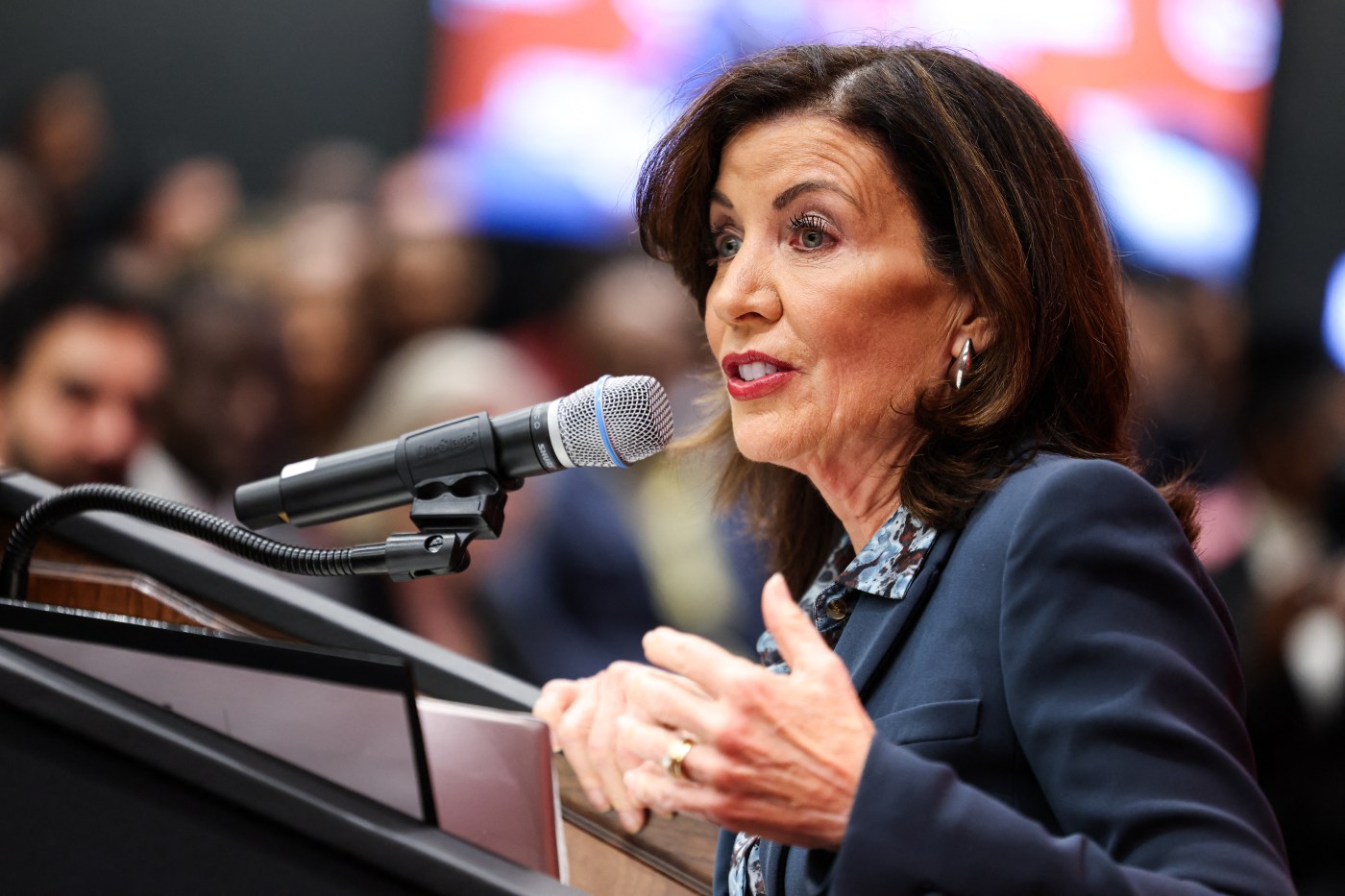Governor Kathy Hochul has approved the construction of the **Northeast Supply Enhancement (NESE)** pipeline, a 24-mile natural gas project aimed at bolstering New York’s energy supply. This decision, made in light of potential energy shortfalls and blackouts, reflects a pragmatic approach to the state’s energy needs, even as it simultaneously pursues cleaner energy alternatives.
The NESE pipeline had previously faced criticism from Hochul and others during New York’s transition towards renewable energy goals established in **2019**. However, the approval signifies a recognition of the immediate challenges the state faces. Notably, the pipeline has garnered support from both **business and labor groups**, highlighting its perceived necessity in ensuring energy stability for millions of residents.
As the state grapples with the realities of climate change, the need for a balanced energy strategy becomes increasingly apparent. While the commitment to reducing reliance on fossil fuels remains a priority, the current energy landscape necessitates the use of transitional solutions like the NESE pipeline. Hochul’s decision underscores the importance of maintaining a diverse energy portfolio while working toward long-term clean energy independence.
Balancing Immediate Needs with Future Goals
The approval follows the shelving of another large natural gas project, the **Constitution pipeline**, which reflects ongoing debates about energy infrastructure in New York. Leaders are tasked with making decisions that benefit both current and future energy needs, navigating a landscape where public support for renewable initiatives can fluctuate.
Critics, including Lieutenant Governor **Antonio Delgado**, have expressed concerns that approving such projects detracts from the ambitious clean energy targets set in 2019. Nonetheless, the reality is that New York is not on track to meet its energy benchmarks, and adjustments are necessary to avoid potential crises.
The risk of rolling blackouts is not merely a political concern; it poses real dangers, especially during periods of extreme heat when vulnerable populations rely heavily on air conditioning. According to reports from the **New York Independent System Operator**, the state is likely to face significant energy deficiencies in the coming years without timely replacement projects. This situation emphasizes the urgency of the NESE pipeline’s approval.
Hochul’s approval of the NESE pipeline signals a necessary shift in strategy. While future projections hold promise for renewable energy, the current infrastructure must be capable of meeting demand. The state’s ongoing commitment to developing renewable sources, including wind, solar, and nuclear energy, should proceed concurrently with the practical need for natural gas.
Questions Around Energy Policy and Economic Necessity
Despite the benefits of the NESE pipeline, questions remain about the continued operation of the **Greenidge cryptocurrency plant**, which consumes significant gas-fired energy. Critics argue that maintaining such facilities contradicts the state’s commitment to the **2019 climate law**. The dilemma centers on balancing public benefit with economic necessity.
As New York navigates its energy future, the approval of the NESE pipeline serves as a reminder of the complexities involved in energy policy. Leaders must consider both immediate needs and long-term goals, ensuring that decisions made today do not compromise the state’s future energy independence.
In conclusion, Governor Hochul’s decision reflects a strategic response to pressing energy challenges. While the path toward renewable energy is vital, the necessity of transitional solutions like the NESE pipeline cannot be overlooked. The state’s energy strategy will need to remain adaptable as it strives to meet both current demands and ambitious environmental targets.
